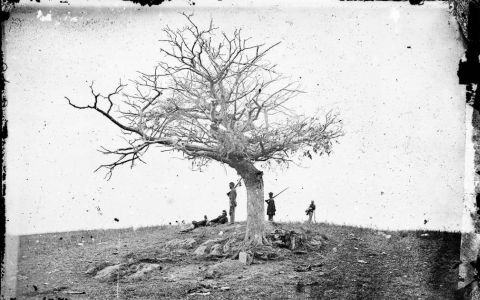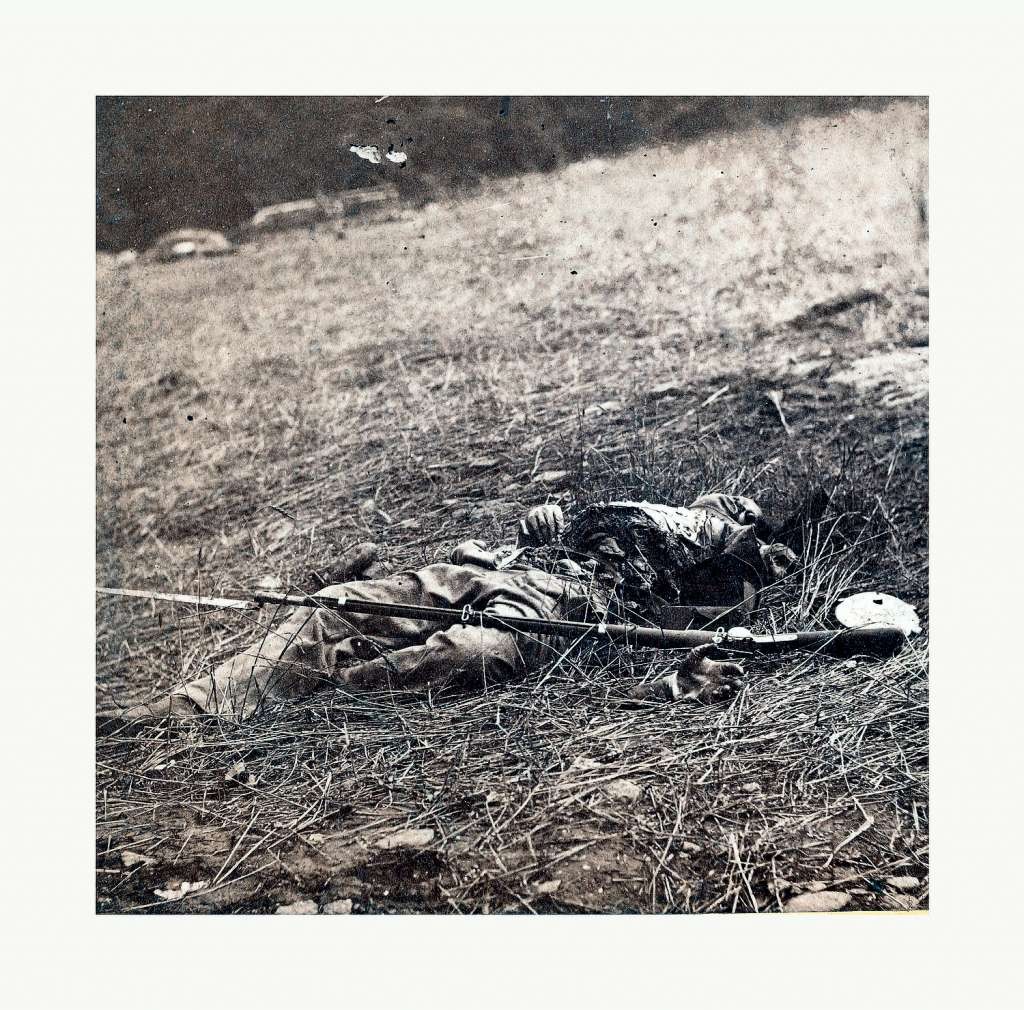On April 12, 1861, the bloodiest conflict in American history began when Confederate forces attacked a Union-controlled fort in South Carolina.
It was the first act of aggression mounted by the Confederacy, which had formed just a few months earlier.
At the time, Texas had only been a state for 16 years, but it too joined the Confederacy despite protest of Sam Houston, who was replaced as the state’s governor because of his refusal to pledge an oath of allegiance to the rebellion.
Roughly 3 million men, 90,000 of them Texans, participated in the war. By the end of the conflict 620,000 died, or roughly 2 percent of America’s population. The introduction to Ken Burn’s “The Civil War” best explains why the bloodshed is so surreal even to this day:
“American homes became headquarters, American churches and schoolhouses sheltered the dying, and huge foraging armies swept across American farms and burned American towns. Americans slaughtered one another wholesale, right here in America in their own cornfields and peach orchards, along familiar roads and by waters with old American names.”
The last battle of the war took place in Texas, near Brownsville, and actually ended in a Confederate victory. According to the Texas State Historical Association, when the victorious commander interviewed captured Union prisoners, he learned that Confederate forces were surrendering throughout the South.
Shortly after, despite the general who oversaw Texas during the war attempting “to keep his command intact,” he “found his soldiers heading for their homes.”
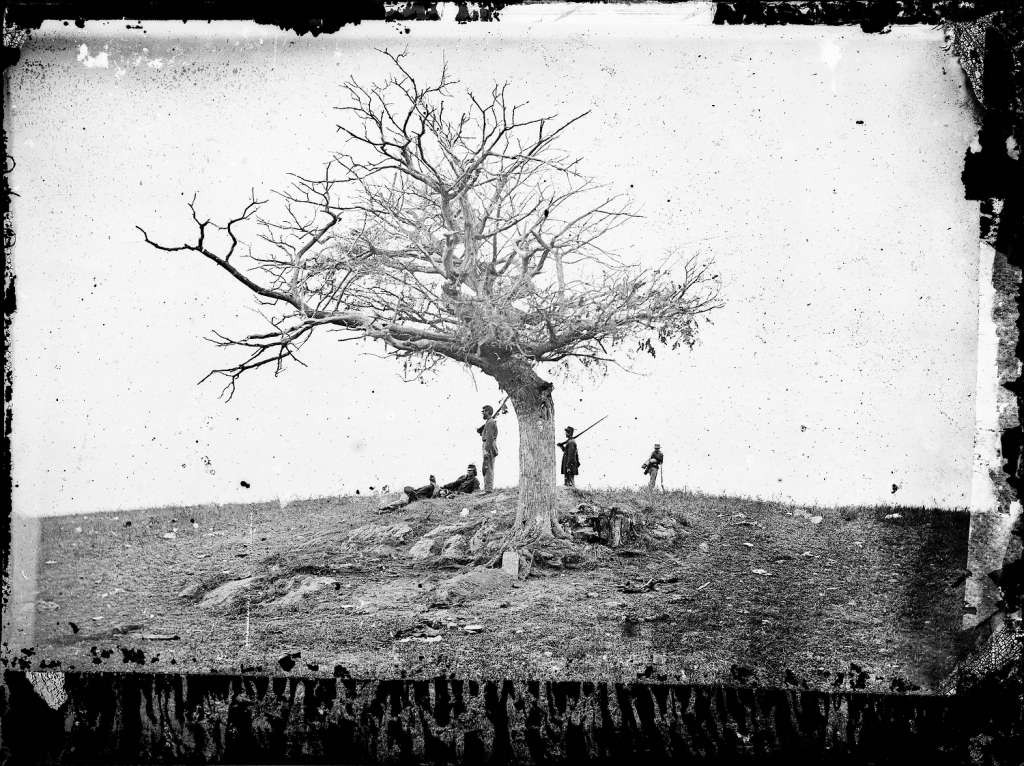
This 1862 photo made available by the Library of Congress shows soldiers next to a lone grave after the Battle of Antietam near Sharpsburg, Md. When dawn broke along Antietam Creek on Sept. 17, 1862, cannon volleys launched a Civil War battle that would leave 23,000 casualties on the single bloodiest day in U.S. history and mark a crucial pivot point in the war. And yet it might never have occurred – if not for what a historian calls a “freakish” twist of fate. Days earlier, a copy of Gen. Robert E. Lee’s detailed invasion orders, wrapped around a few cigars, accidentally fell in a farm field and were discovered by Union infantrymen who passed their stunning find up the chain of command, spurring action.
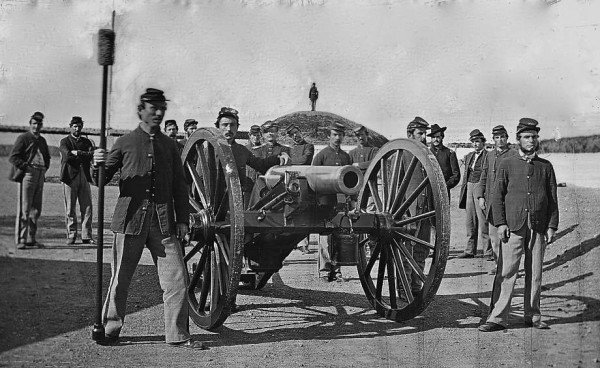
On April 12, 1861, the Confederacy launched an attack on a Union-held South Carolina fort, officially commencing the Civil War.
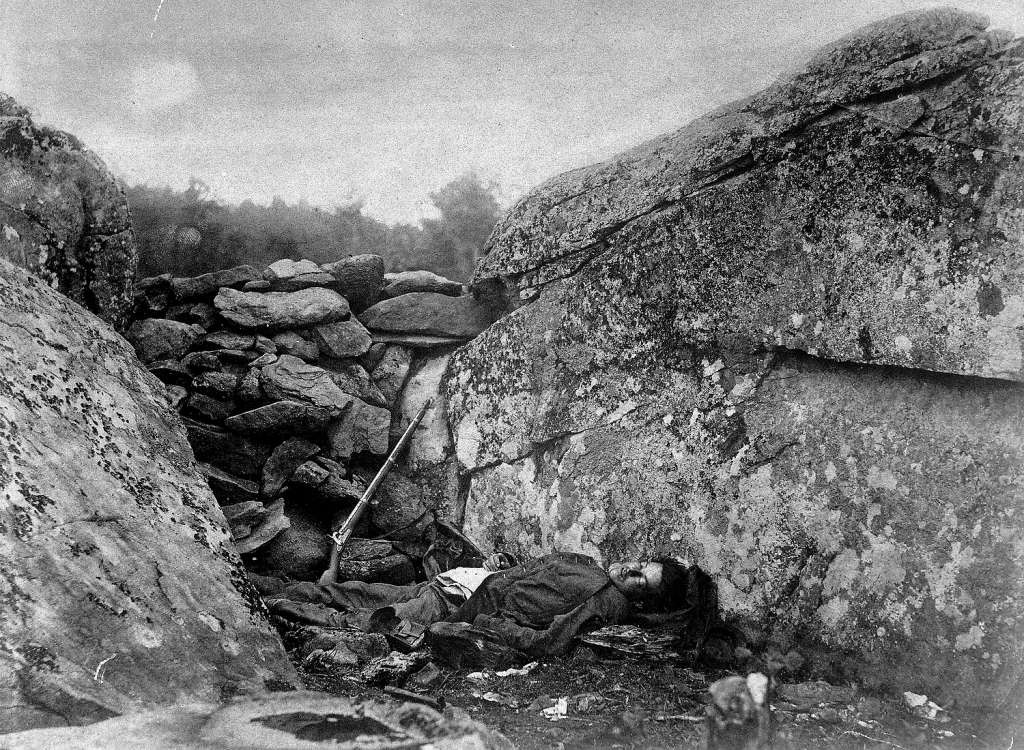
Slain rebel sharpshooter slumped down in his ineffective hideout, w. his rifle still perched against rocks, at end of Battle of Gettysburg during the Civil War.
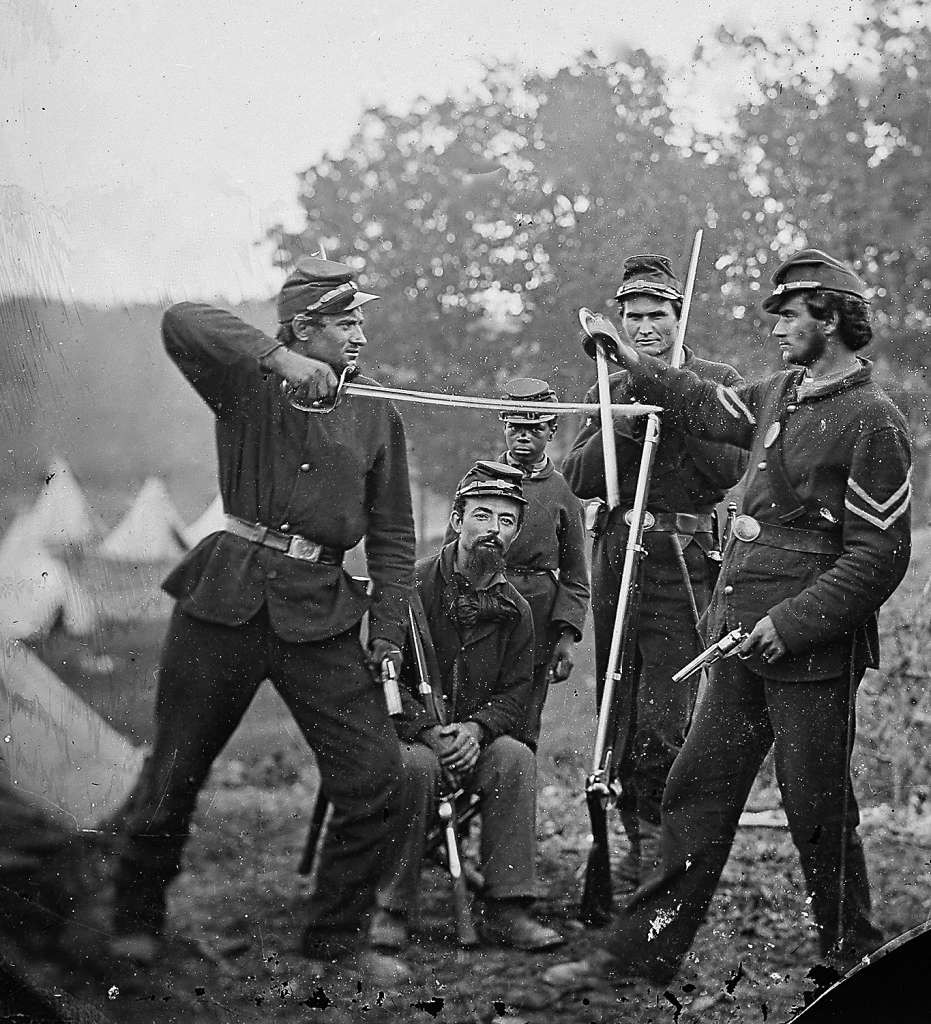
Cavalry were forces that fought principally on horseback, armed with carbines, pistols, and especially sabers. Only a small percentage of Civil War forces met this definition primarily Union mounted forces in the Eastern Theater during the first half of the war. Confederate forces in the East generally carried neither carbines nor sabers. A few Confederate regiments in the Western Theater carried shotguns, especially early in the war.
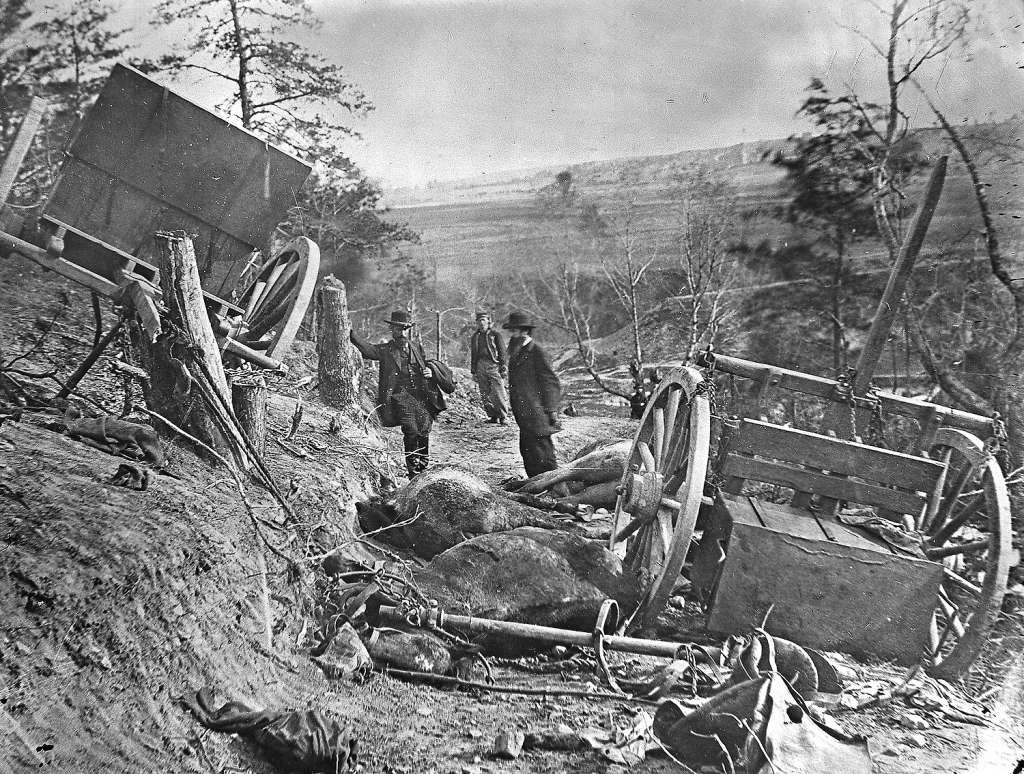
View of a Confederate caisson and eight dead horses destroyed by a 32 pound shell, Maryre’s Heights, Fredericksburg, Virginia, 1863.

